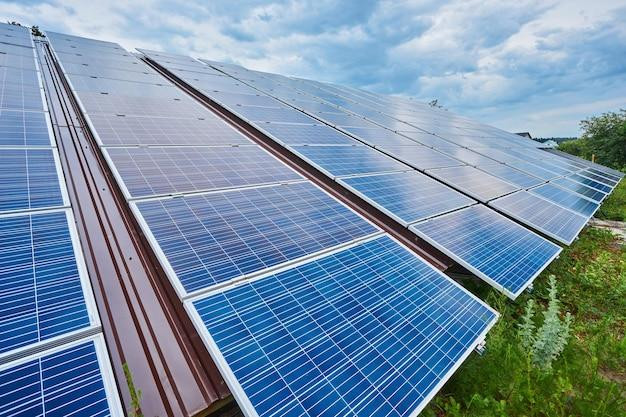Solar PV systems use a combination of solar 'cells' containing silicon to convert sunlight into direct current (DC) electricity. The resulting power is stored in batteries.
A PV system includes a series of components that can include an electric meter, wiring or electrical cables, and a charge controller. It may also incorporate a battery bank to store energy that isn't immediately needed.
Cost
The cost of a Solar PV System varies by type and brand, as well as installation labor and additional equipment. Depending on your location, solar costs will also depend on the size of the system you choose.
A 6 kW system can cost from $15,000 to $21,000. The total price includes the installation of panels and other hardware, including batteries, metering tools, cables, wiring and inverters.
Monocrystalline solar panels are the most expensive and offer the best efficiency rate, at an average of 24%. Polycrystalline panels are less expensive, but they also have a lower efficiency rating.
The average cost of a solar panel system is $3 per watt, although it can vary widely by system size and quality. The amount you pay for your system will depend on your local energy rates and electricity usage, as well as any incentives available to you.
Energy output
Solar PV systems convert sunlight into electricity by a process known as the photovoltaic effect. The photons of light hitting the solar panel’s substrate material knock electrons into a higher level of activity, allowing them to be channeled off and converted into DC (direct current) electricity.
The electricity produced by a solar panel can be stored in a battery, used directly or fed back into the grid. This can provide a significant source of clean, renewable energy for homes and businesses that are located in areas with good sunshine hours.
The amount of energy that a solar system produces depends on the location where it is installed, the type and number of panels used and other factors. This is why it’s important to find a local, experienced installer.
Maintenance
Solar PV systems are generally quite low maintenance and should function without problems for many years. However, like any electrical system, they are still subject to normal preventative maintenance requirements such as cleaning and inspections.
As with any other system, your panels should be checked on a regular basis by qualified electricians or trusted solar maintenance professionals. These professionals will be able to identify and repair any issues that may arise.
In addition, they will also be able to tell you if there are any obstructions on your property that are blocking the sun’s rays and therefore reducing your output. This could involve tree trimming or moving your system if it is too far away from the sun.
Preventive maintenance costs are a small price to pay for the long term savings of free electricity and lower utility bills your well-maintained solar PV system will deliver. In fact, some solar PV manufacturers may even void warranties for not following manufacturer-recommended servicing schedules.
Installation
Residential photovoltaic power supply include solar panels, racking and other components that convert the direct-current electricity produced by the solar modules into alternatingcurrent electricity. They also include wiring and other components that transfer power to a utility grid.
The system may be designed and installed by a professional contractor. In addition, the system may require inspections by local electrical inspectors.
As with any major home improvement, the solar installation process may take longer than you expect. This includes waiting for an electrical permit to be approved and scheduling a follow-up inspection.
A solar installer will typically send an engineer to your property for a site visit before the actual solar installation begins. This engineer will ensure that all aspects of the electrical layout are compatible with your new solar array. The engineer will also check for zoning restrictions and HOA approval requirements.

